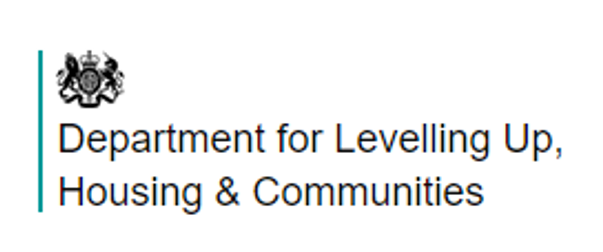By now you will have clocked that the HCA’s long-awaited consultation on the Value for Money standard was published last week and that VFM is even more important than the last time it was even more important.
The basic principles remain the same: VFM is about maximising organisational objectives by having a comprehensive and strategic approach to VFM, delivering and demonstrating it. As always, the buck stops with the board and, as before, smaller providers (with stock of under a thousand homes) are expected to comply with the proposed standard, but in “a proportionate manner”.
So what’s new?
Key changes include a significant overhaul of the regulatory tools:
- a sharper standard, accompanied by a Code of Practice (COP), aims to better communicate regulatory expectations
- instead of a VFM self-assessment, providers’ performances will be measured against their own VFM targets and a position statement on how they will develop/reinvest in existing stock, plus a set of standard HCA metrics which are a subset of the sector scorecard
It’s all about the Board (again)
The proposals would make boards more accountable for VFM by requiring them to set and then achieve quantifiable targets linked to their corporate objectives. This spotlights the board’s VFM performance in a way the current self-assessment doesn’t. So
the reporting arrangements will make it easier for stakeholders to make a judgement about an association’s VFM performance, which in turn serves as a powerful incentive for boards to …. • …. ensure that their approach to VFM is comprehensive, robust and delivers on the targets.
Action, not words
These two potential outcomes of the proposed approach are directly related to HCA objectives for reviewing VFM regulation:
- to enhance consistency, comparability and transparency of VFM reporting
- ensure a strategic approach to delivering value for money is embedded within businesses
Arguably the key test with self-assessment was about how well you could write about VFM. Not anymore: the proposed approach means associations have to walk the talk to measure up against high-viz targets.
You’re not off the hook
In-Depth Assessments (IDAs) – mainly targeted at larger associations, plus smaller ones registering as blips on the HCA’s risk radar – will continue to be used by the HCA seeking assurance on VFM compliance. So it would be a mistake to think the sector is “off the hook” once the requirement to publish a self-assessment disappears. The proposed reporting arrangements, plus the IDA, will be a reality check on the Board’s efforts to drive VFM through the business and are likely to expose coasting associations.
IDA is likely to become increasingly data-driven as the suite of corporate and regulatory VFM metrics provide a broader basis for a conversation about VFM than the HCA’s social housing headline indicator alone. And, on the basis that embedded VFM is a priority for the HCA, it will also consider the code of practice when assessing VFM compliance, necessitating a tweaking of Regulating the Standards in due course.
Standard or Code?
The proposed Code of Practice sets out what compliance might look like; effectively it’s an illustration of embedded VFM and answers nearly everything you wanted to know about VFM but were too shy to ask. As with governance and viability, it doesn’t have the same status as a standard: HCA will enforce against the standard not the code.
The proposed approach also means the measurement of VFM gains is clarified – they are simply about the beneficial movement of the association’s corporate measures alongside the HCA’s proposed standard metrics. For example, increase stock by 2%, improve satisfaction (of whatever) by 3%, reduce (a service related) cost by 1%, increase revenue (voids/arrears) by 2%, etc. So no need to report the fiver you just saved on the paper clips.
After the consultation…
The closing date for the consultation is 20 December 2017. It’s not a done deal – you have plenty of time to comment.
However, I think we’ll end up with something like what is suggested. Even if the COP is killed off, it has seen the light of day, and associations already have a better idea of what the HCA is looking for.
On that basis, Boards need to start thinking about how they satisfy themselves they are getting the proposed approach to reporting right and that the executive’s arrangements for optimising the organisation (or embedding VFM) are robust, address weaknesses and ensure delivery against targets.
Don’t panic!
We’re keen to help you get to grips with this latest set of changes and how to make them work for your association: please get in touch if you would like to discuss how we can support you through this, or help you embed VFM in your organisation.
Finally, we’ll be running workshops on the VFM changes next year – dates aren’t fixed yet but we’ll be able to run through how to make the new system work for you.






Comments are closed.